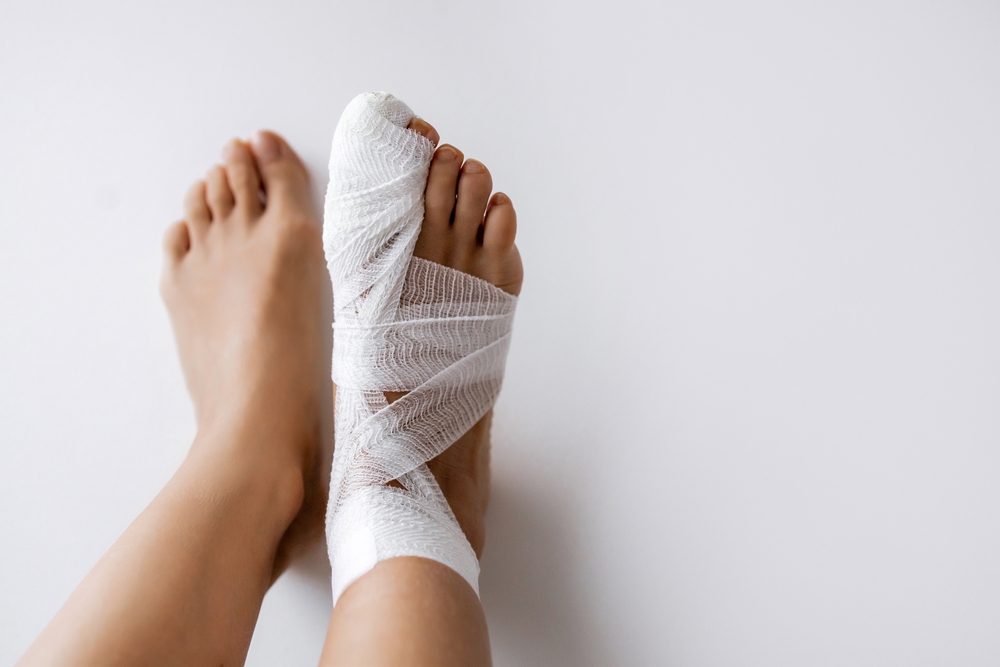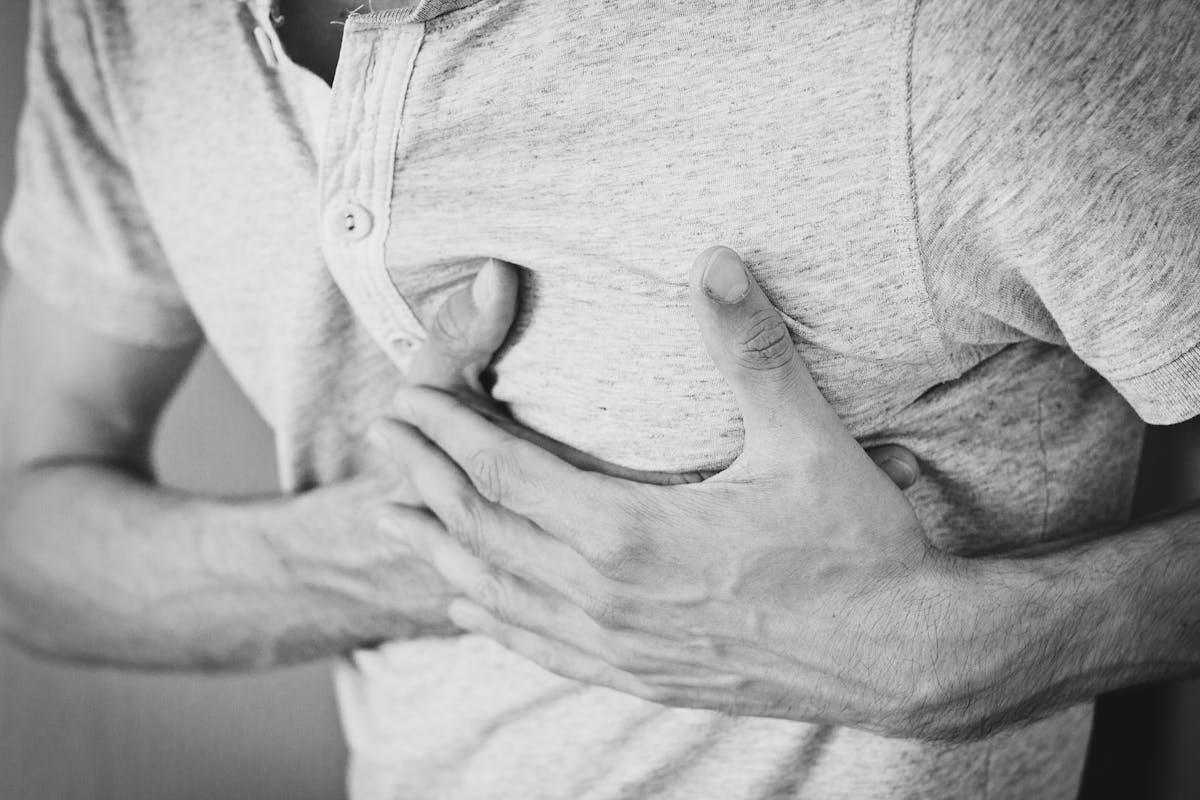High cholesterol often goes unnoticed until it causes serious health problems. But sometimes, your body drops hints during everyday activities—like walking. When arteries become narrowed or clogged by plaque buildup, it affects how blood flows throughout the body. This can make simple movements feel different. Paying attention to how you feel on your daily walks might just alert you to something deeper. If high cholesterol is left unmanaged, it can lead to heart disease, stroke, or peripheral artery disease. That’s why it’s important not to brush off small changes. If something feels off, especially during regular movement, your body may be trying to tell you something important. Here are six signs to keep in mind next time you’re out for a walk.
1. Aching or Cramping Legs

If your legs start to ache, cramp, or feel tired after a short walk, it could be a red flag. This pain, often felt in the calves, may point to peripheral artery disease. High cholesterol contributes to this condition by narrowing arteries and limiting blood flow. When muscles don’t get enough oxygen, they protest through pain. The sensation usually fades with rest, but comes back with movement. People often mistake it for aging or dehydration. But recurring leg pain while walking shouldn’t be ignored. It’s worth bringing up with your doctor. Ignoring it could mean missing early signs of serious cardiovascular issues. A simple test called an ankle-brachial index can help detect circulation problems.
2. Cold Feet or Legs

Feet or lower legs that feel unusually cold could be a circulation issue. When cholesterol buildup restricts blood flow, your extremities might not get enough warmth. This sensation can happen even in warmer weather. It’s not just uncomfortable—it could signal something deeper. One leg may feel colder than the other, which is also a warning sign. Reduced blood flow puts stress on your entire vascular system. If walking makes this chill more noticeable, don’t brush it off. It might be your body’s way of waving a red flag. Prolonged poor circulation can also lead to skin discoloration or even hair loss on the legs. These subtle signs are important clues that should not be overlooked.
3. Slow-Healing Sores or Blisters

Noticing cuts or blisters on your feet that take too long to heal? That’s another possible clue. When your blood doesn’t circulate efficiently, it affects healing time. High cholesterol can reduce oxygen delivery to the skin and tissues. As you walk, friction from shoes might create small wounds. But if those wounds stick around longer than they should, it’s time to pay attention. Sores that linger or worsen could signal poor circulation. This is especially true for people with diabetes or existing heart concerns. Early treatment makes a big difference. Even minor infections can become serious if blood flow is compromised, so getting checked quickly is key.
4. Numbness or Tingling in the Legs

A tingling or “pins and needles” feeling in your legs might seem harmless at first. But if it happens often while you walk, don’t ignore it. It could mean your nerves aren’t getting enough blood supply. Cholesterol buildup in the arteries may slow circulation and oxygen delivery. That numb sensation is your nervous system reacting to a lack of fuel. You might also feel slight weakness or imbalance in your stride. These symptoms should be monitored, especially if they repeat. Let your healthcare provider know about them during your next check-up. In some cases, it may be linked to nerve damage caused by lack of blood flow. Acting early can prevent further complications down the line.
5. Shortness of Breath

Feeling more out of breath than usual on a walk? That might not just be from being out of shape. High cholesterol can lead to clogged arteries around the heart and lungs. When that happens, your heart has to work harder to pump blood. Even mild exertion, like climbing stairs or walking uphill, can leave you winded. If your breathing feels labored without a clear reason, take note. Especially if this is a new or worsening symptom. Early testing and treatment can help prevent more serious issues. Shortness of breath may also be a sign of angina or early heart failure. It’s a symptom you don’t want to ignore.
6. Chest Discomfort or Tightness

Any sort of pressure, tightness, or pain in your chest during a walk is a big red flag. This could be a sign of angina—chest pain caused by reduced blood flow to the heart. High cholesterol plays a major role in this condition. It can feel like someone is sitting on your chest, or like squeezing that worsens with movement. The discomfort might go away when you stop walking, which is a key pattern to watch for. Even if it’s mild, don’t take chest pain lightly. Call your doctor right away if this keeps happening. It could be a warning sign of an oncoming heart attack. Getting a stress test or heart scan could catch a problem before it turns critical.
Conclusion

Your body often whispers before it screams—and walking is one of the moments when those whispers show up. High cholesterol can quietly damage your arteries for years before causing major problems. But small signs during movement, like cramping, numbness, or breathlessness, can be early clues. If you notice any of these symptoms while walking, don’t ignore them. Write them down, pay attention to patterns, and talk to a doctor. Managing cholesterol early can protect your heart, brain, and overall health. A blood test is simple, and lifestyle changes can make a big difference. Medication might also be needed depending on your risk. The key is to act early—not after a major health scare. Being aware of how you feel while walking could end up saving your life.
Read More: 30+ of The Most Unhealthy Snacks You Should Avoid

